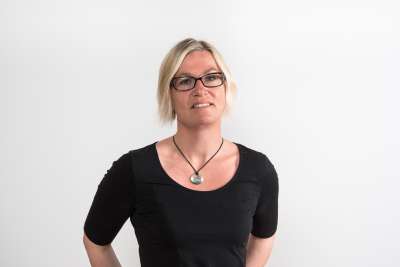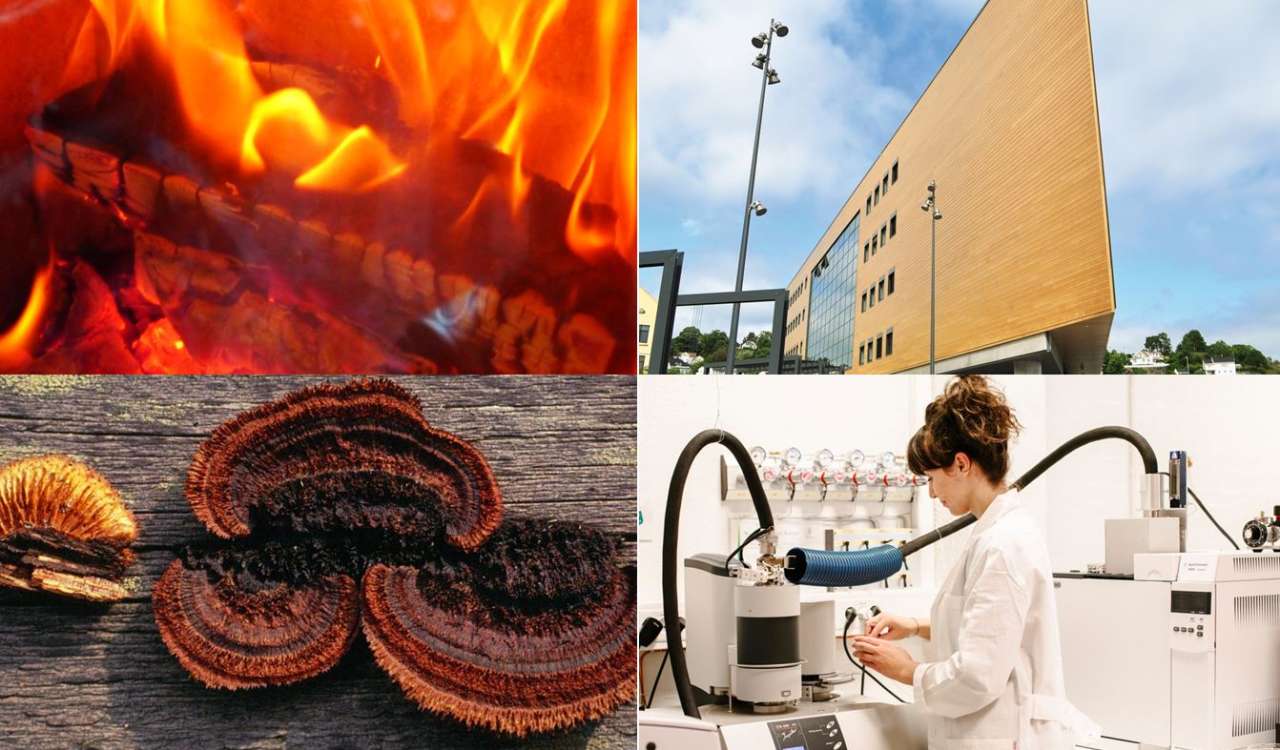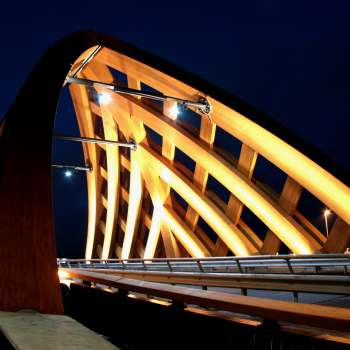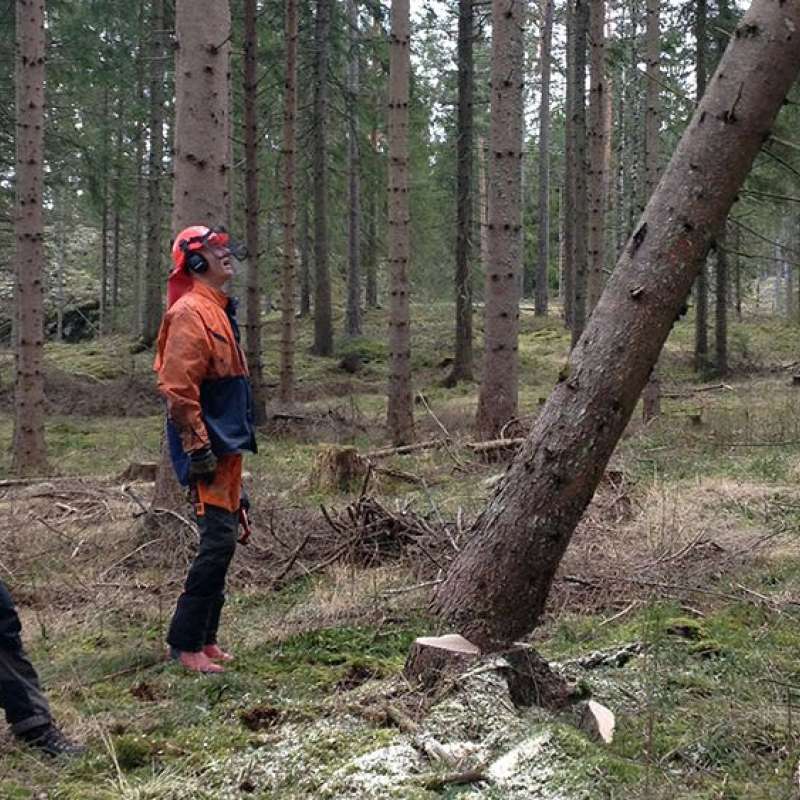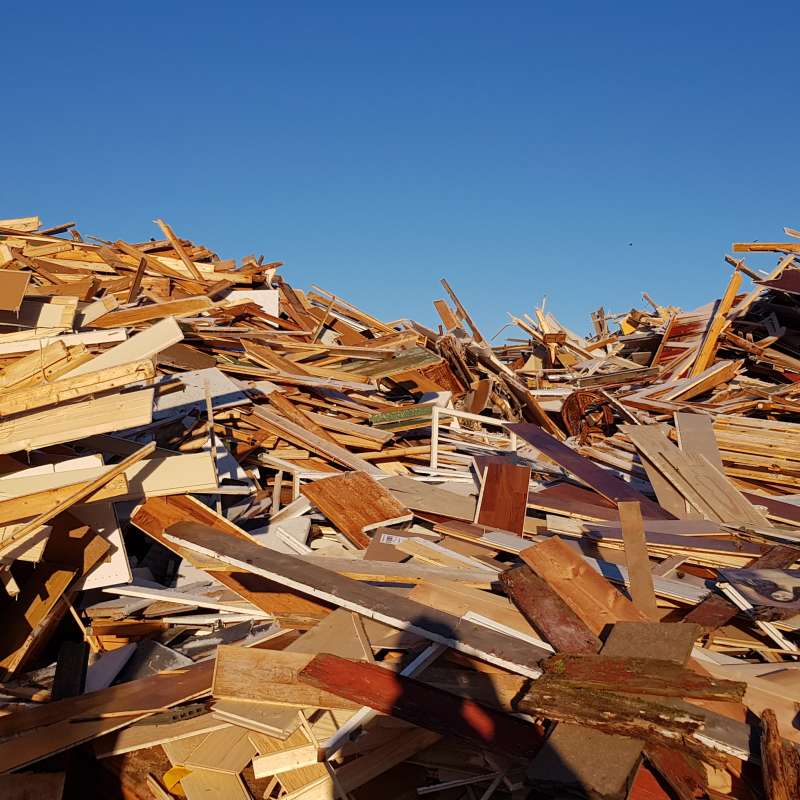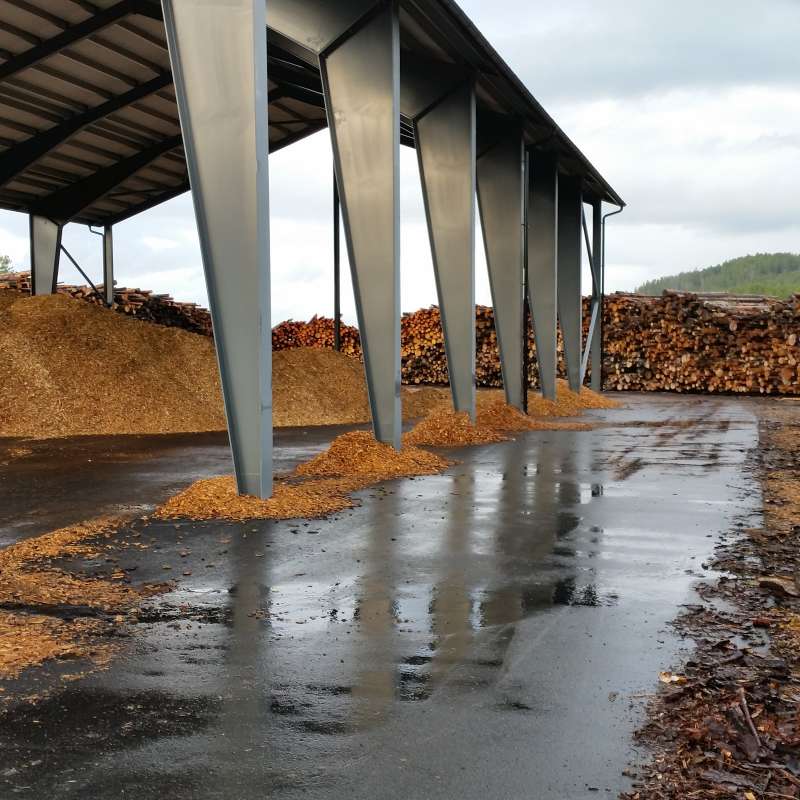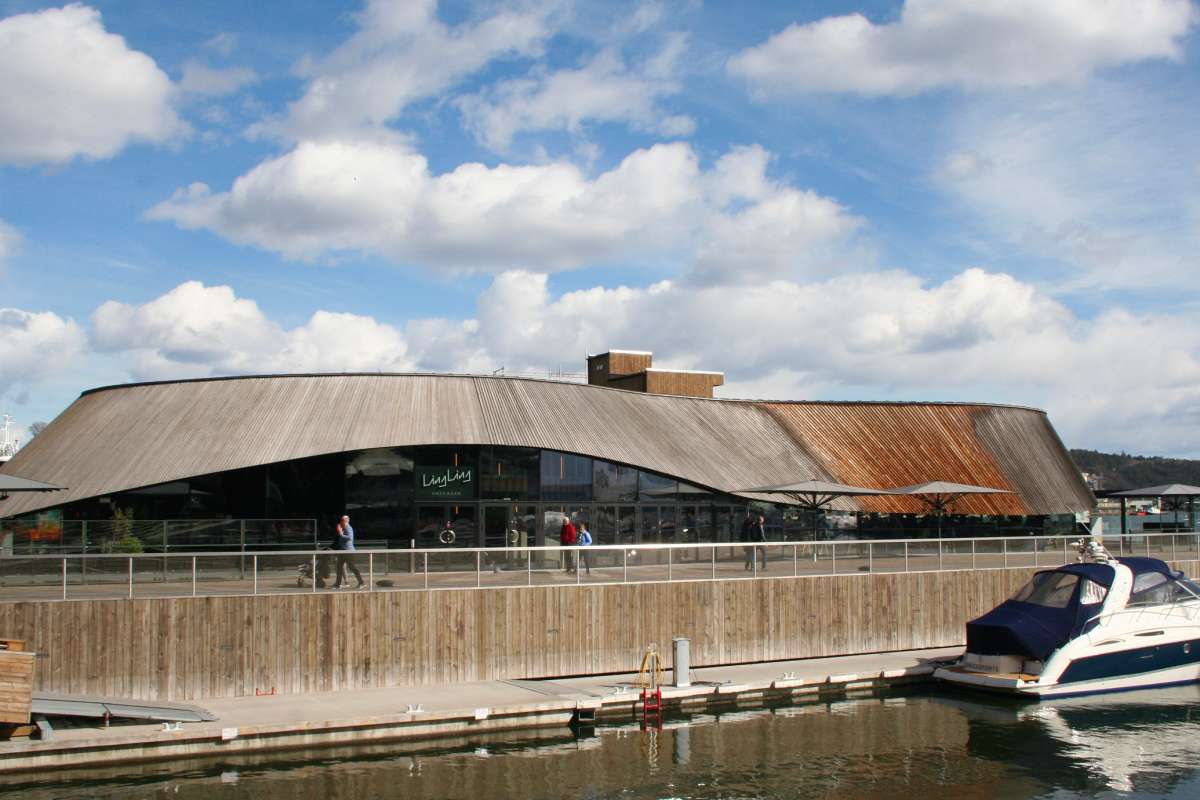Divisjon for skog og utmark
BioMim - Advancing biomass technology
Utilization of woody (lignocellulosic) biomass has emerged as a top priority to meet growing energy demands, address climate change, and support forest economies. Research and technology development are critically needed to find cost-effective and sustainable solutions for the conversion of biomass. Extensive exploitation of lignocellulosic biomass as a feedstock for a variety of products is the key to develop a viable bio-economy. However, the natural resistance of lignocellulosic biomass to chemical and biological deconstruction is a challenge that biorefineries have to overcome.
